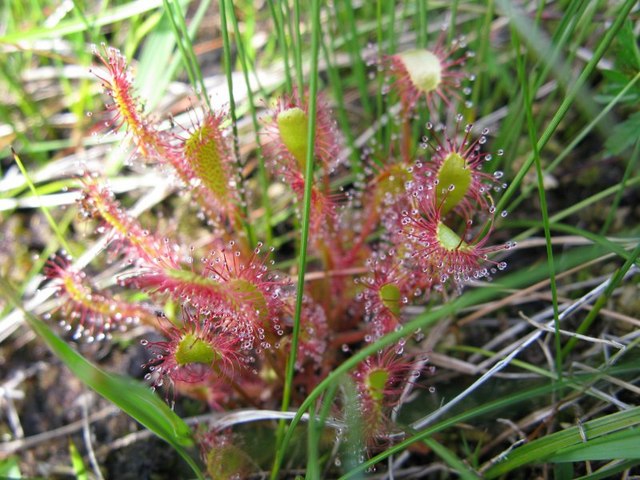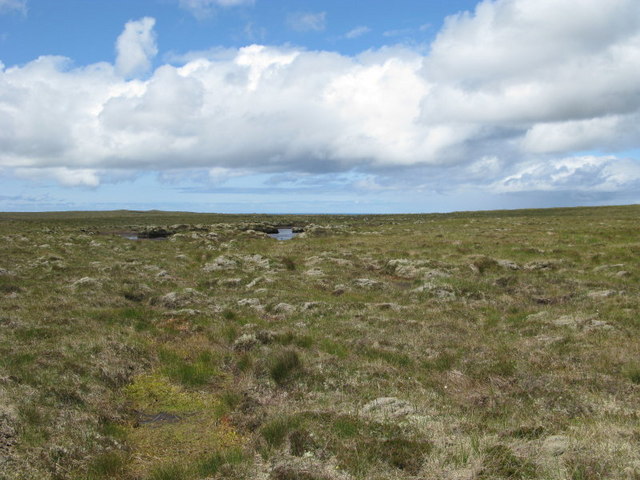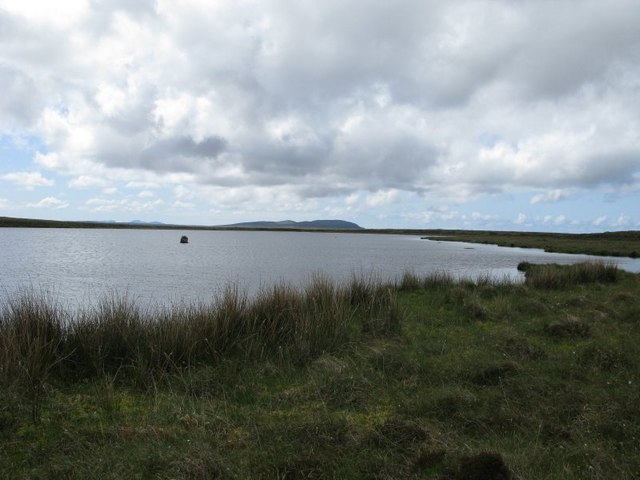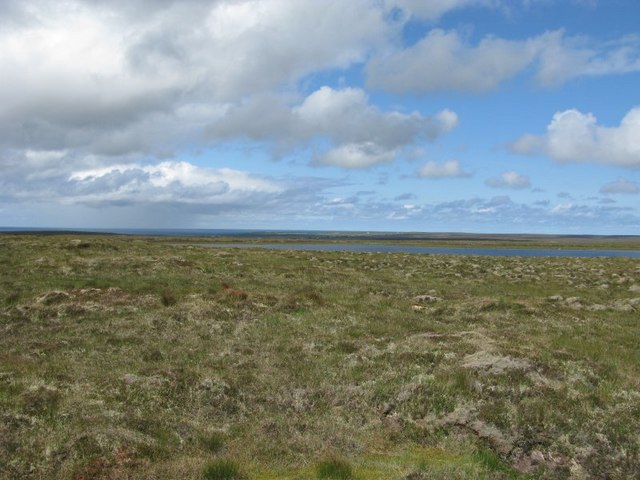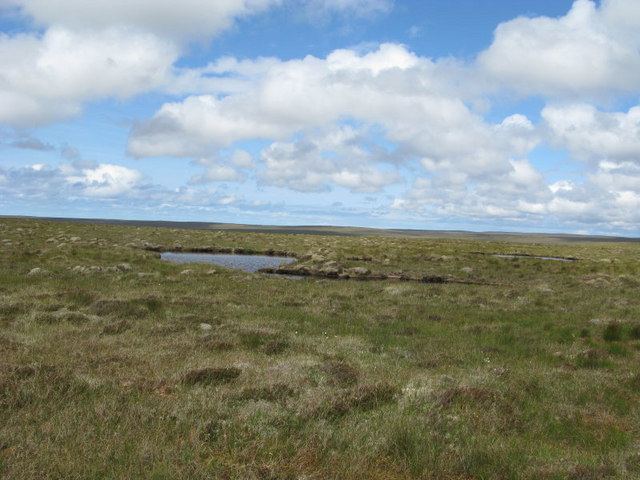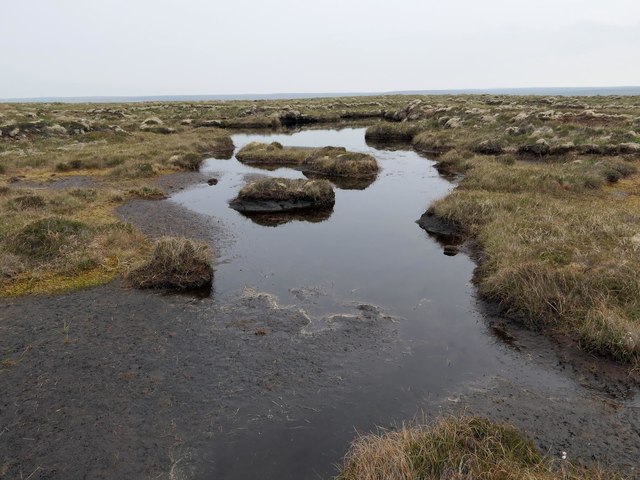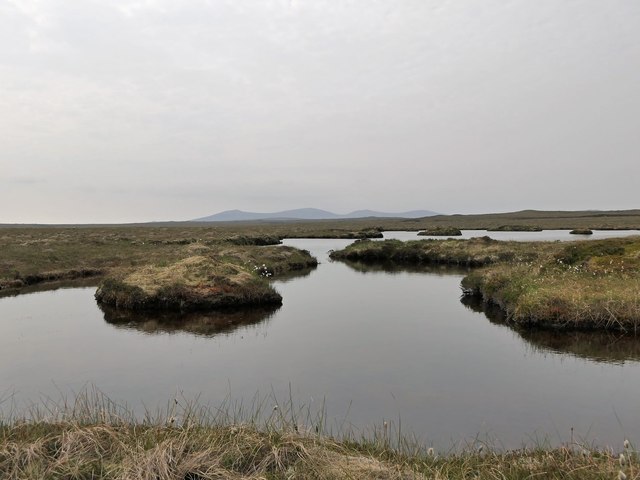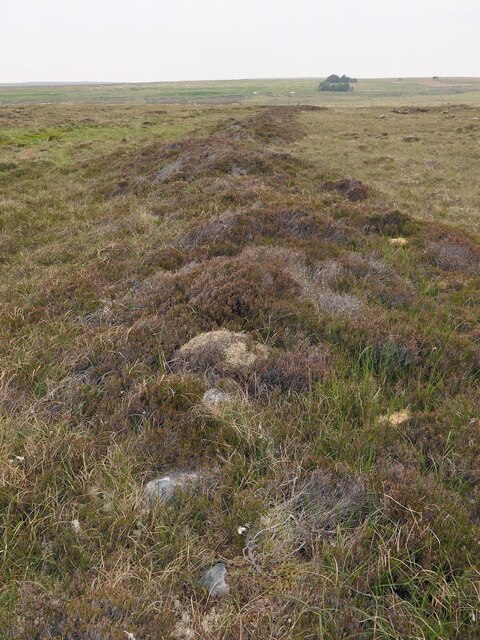Loch Aoraidh
Lake, Pool, Pond, Freshwater Marsh in Ross-shire
Scotland
Loch Aoraidh
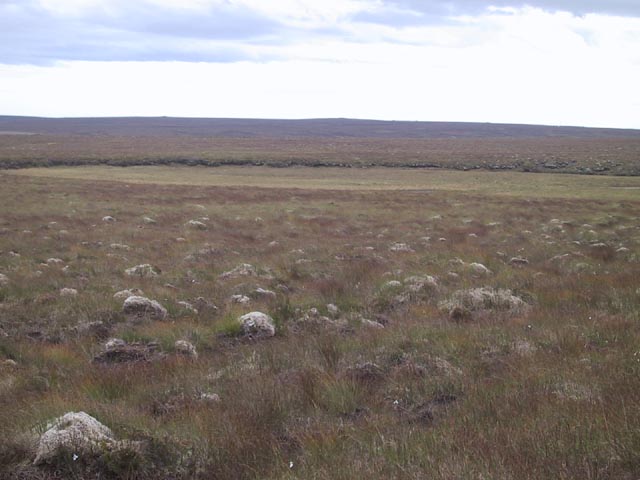
Loch Aoraidh is a freshwater loch located in Ross-shire, Scotland. Covering an area of approximately 50 hectares, it is a significant body of water in the region. The loch is situated amidst a picturesque landscape, surrounded by rolling hills and dense forests.
Known for its tranquil and serene atmosphere, Loch Aoraidh attracts visitors who seek a peaceful retreat in nature. The calm waters of the loch provide an ideal spot for fishing and boating activities. Anglers can find various fish species, including brown trout, perch, and pike, making it a popular destination for fishing enthusiasts.
The surrounding area of Loch Aoraidh is characterized by a diverse range of flora and fauna. The freshwater marshes and ponds located nearby provide a habitat for numerous water birds and other wildlife species. Birdwatchers can spot a variety of species, such as herons, swans, ducks, and geese.
The loch is also surrounded by well-maintained walking trails that offer breathtaking views of the surrounding countryside. These trails provide opportunities for hikers and nature enthusiasts to explore the diverse ecosystem and enjoy the natural beauty of the area.
Overall, Loch Aoraidh offers a peaceful and idyllic location for those seeking a break from the hustle and bustle of daily life. Its stunning natural surroundings, diverse wildlife, and recreational opportunities make it an attractive destination for locals and tourists alike.
If you have any feedback on the listing, please let us know in the comments section below.
Loch Aoraidh Images
Images are sourced within 2km of 58.318343/-6.5106079 or Grid Reference NB3545. Thanks to Geograph Open Source API. All images are credited.

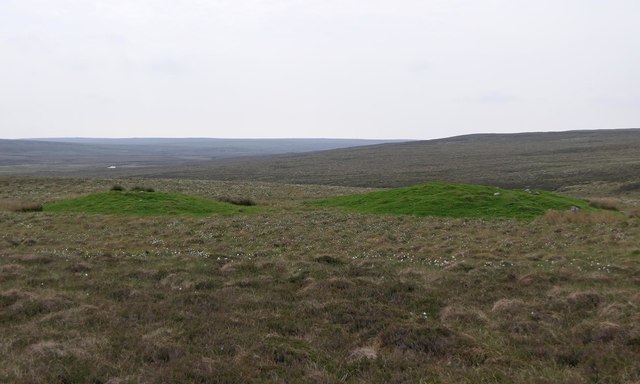
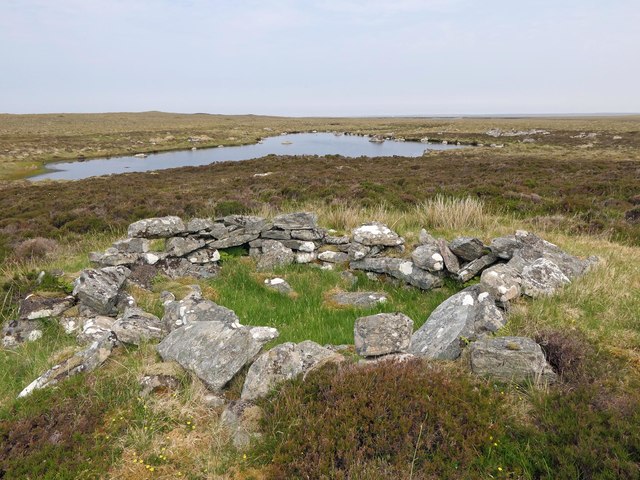
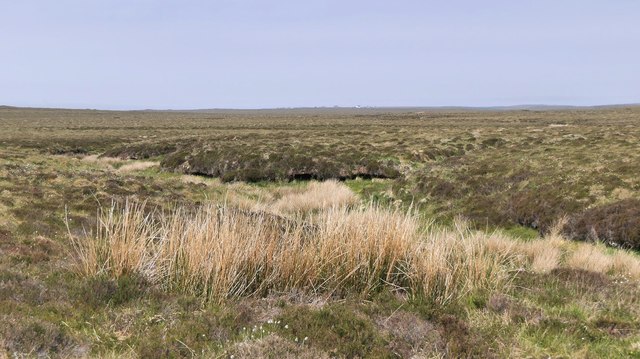
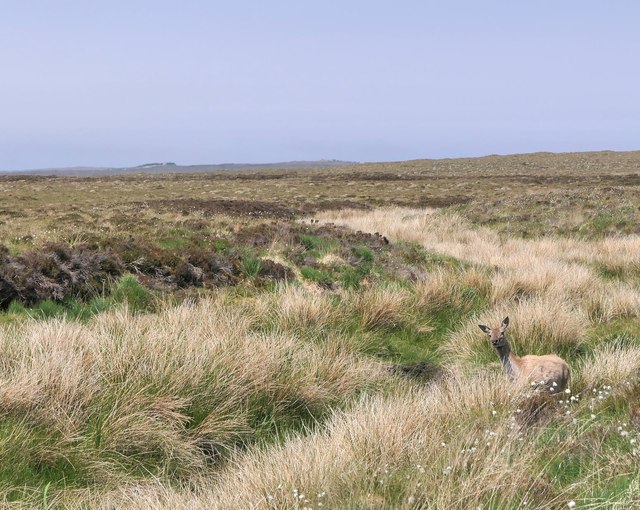
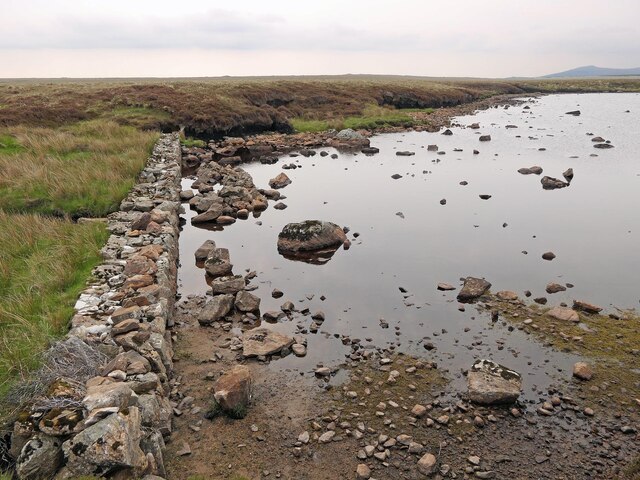
Loch Aoraidh is located at Grid Ref: NB3545 (Lat: 58.318343, Lng: -6.5106079)
Unitary Authority: Na h-Eileanan an Iar
Police Authority: Highlands and Islands
What 3 Words
///organist.deprive.deadline. Near Stornoway, Na h-Eileanan Siar
Nearby Locations
Related Wikis
West Side, Lewis
The West Side (Scottish Gaelic: An Taobh Siar) is the name used for the (predominantly Gaelic-speaking) settlements along the NW coast of the Isle of Lewis...
Barvas
Barvas (Scottish Gaelic: Barabhas or Barbhas, pronounced [baravəs]) is a settlement, community and civil parish on the Isle of Lewis in Scotland. It developed...
Brue
Brue (Scottish Gaelic: Brù) is a village on the Isle of Lewis in the West Side district, in the Outer Hebrides, Scotland. It is a crofting township and...
Arnol
Arnol (Scottish Gaelic: Àrnol) is a small village typical of many settlements of the west coast of the Isle of Lewis, in the Outer Hebrides, Scotland....
Have you been to Loch Aoraidh?
Leave your review of Loch Aoraidh below (or comments, questions and feedback).
